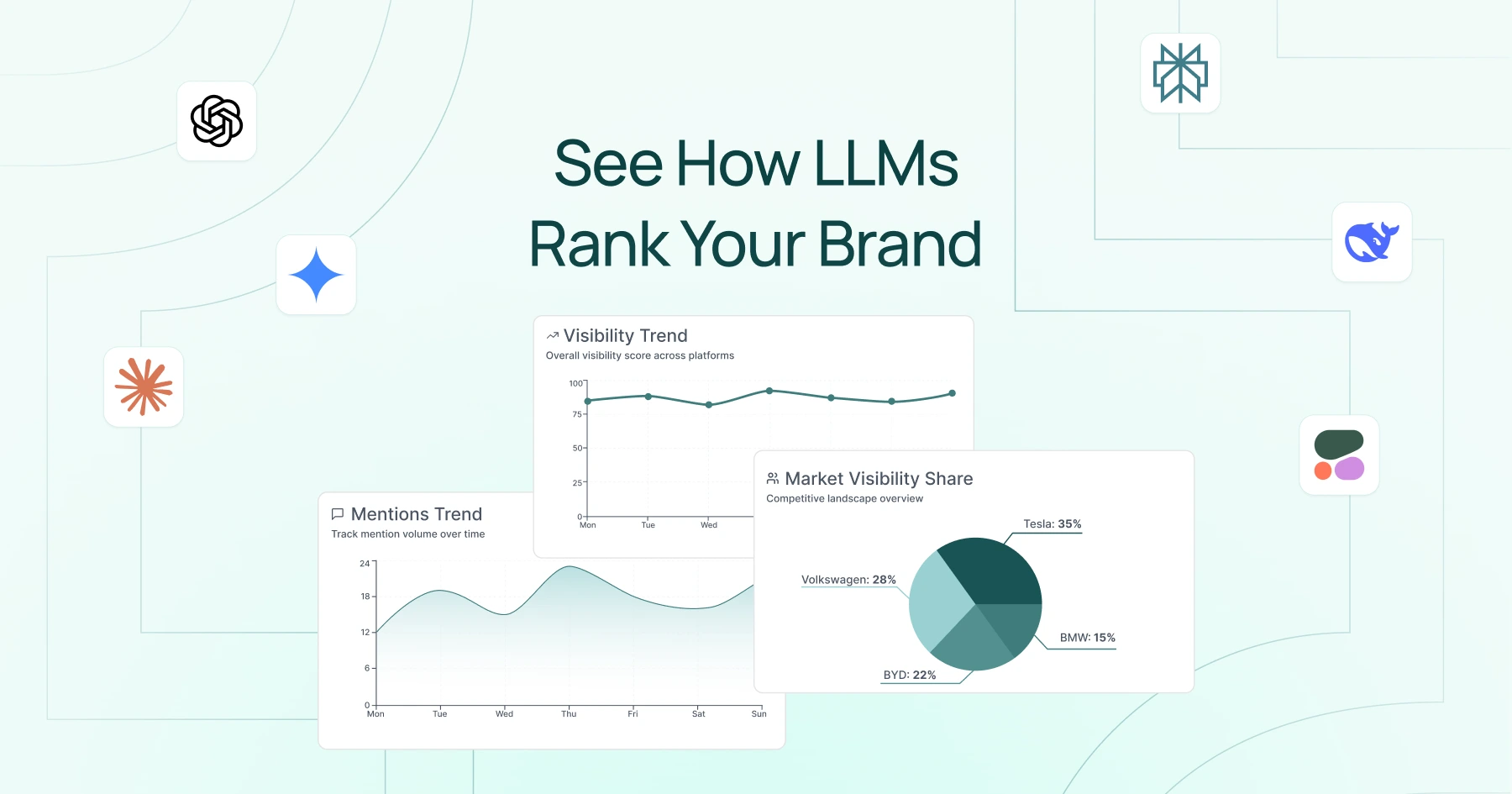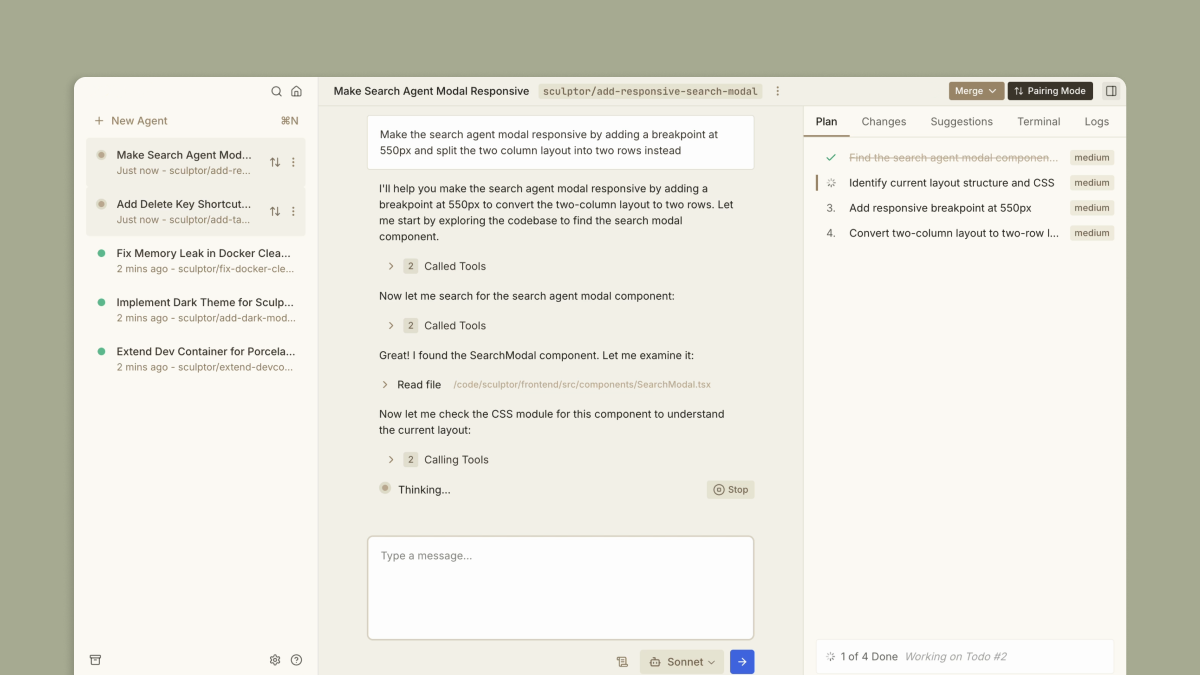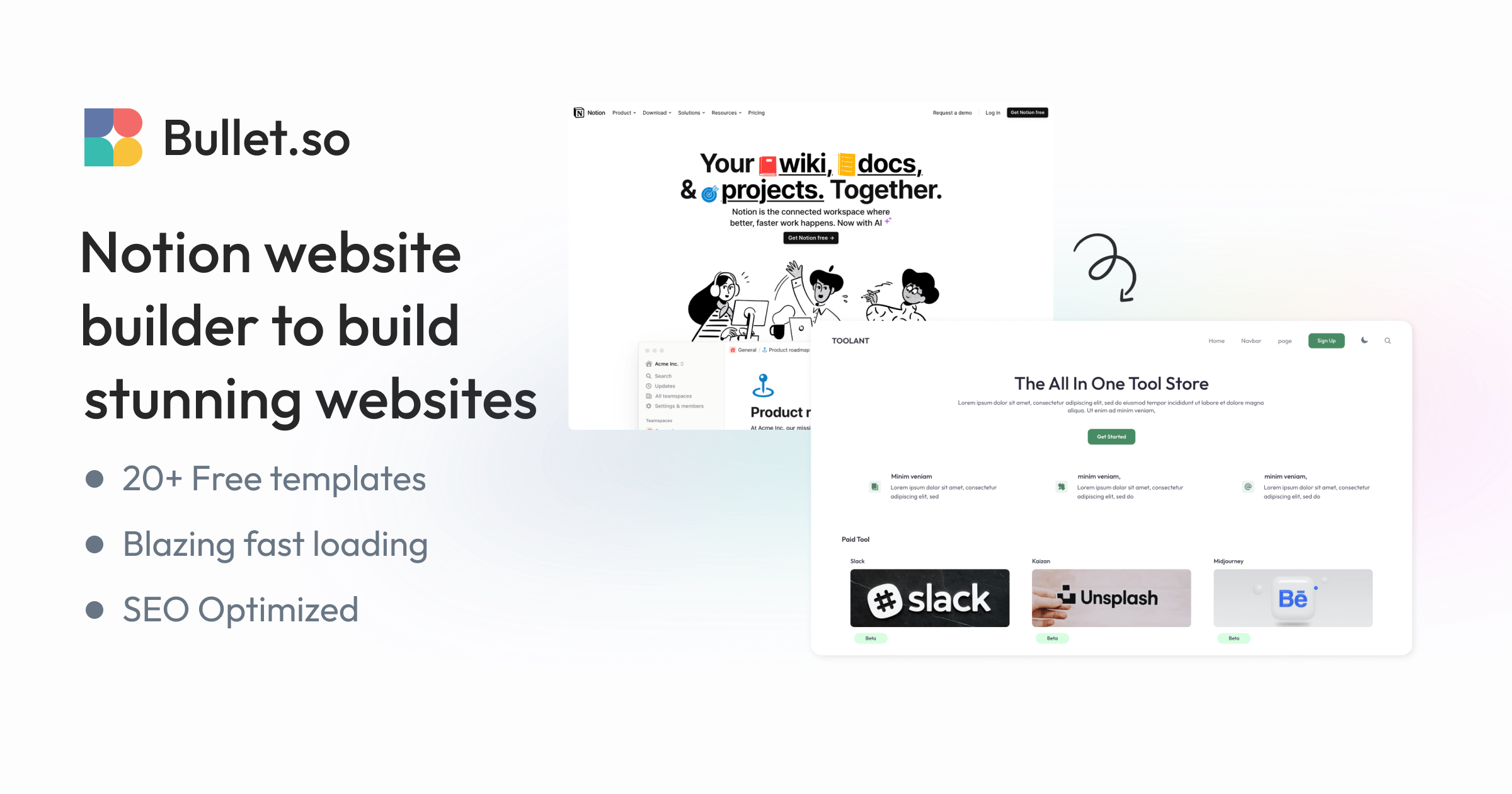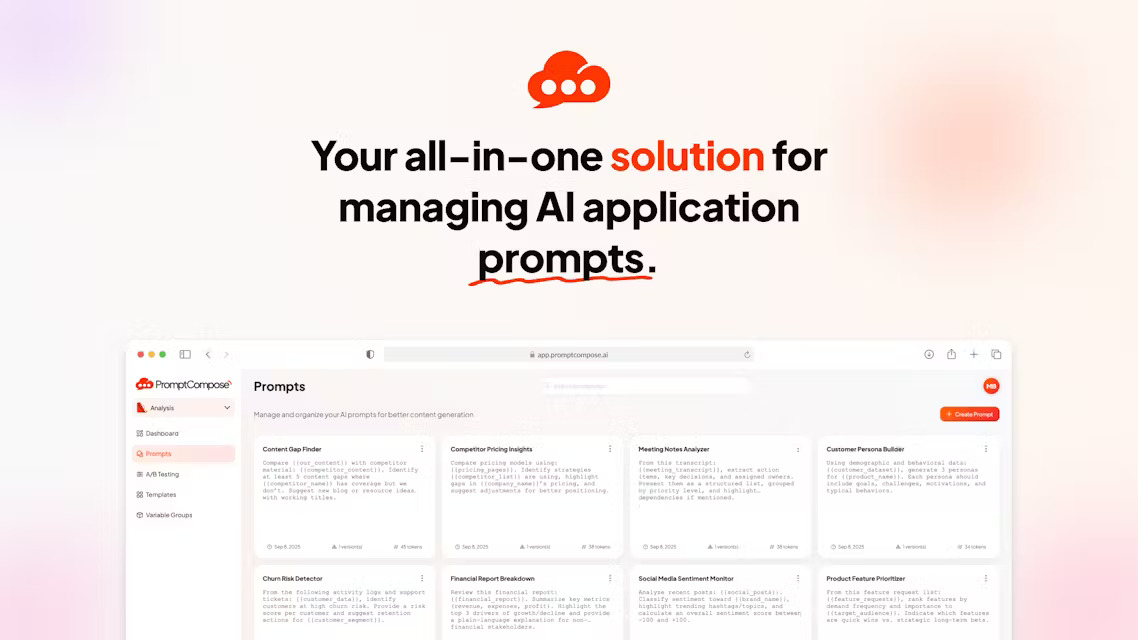- AI Breakfast
- Posts
- Inside OpenAI’s AgentKit
Inside OpenAI’s AgentKit
Plus, Google’s AI can build apps without you...
Good morning. It’s Wednesday,October 8th.
On this day in tech history: In 2012, Geoff Hinton’s lab released the first version of “AlexNet” code on GitHub, months before its ImageNet win stunned the field. The ReLU activation and GPU training it used became the foundation of modern neural network engineering.
In today’s email:
Inside OpenAI’s AgentKit
Google’s AI Can Build Apps Without You
xAI To Debut AI Game Next Year
5 New AI Tools
Latest AI Research Papers
You read. We listen. Let us know what you think by replying to this email.
Stop being the bottleneck
Every leader hits the same wall: too many priorities, not enough bandwidth. Wing clears that wall with a full-time virtual assistant who runs the drag layer so you lead, not chase.
Offload scheduling, inbox, follow-ups, vendor wrangles
Keep your stack, your process, your control
Scale scope as you scale revenue
This isn’t gig work. It’s dedicated support that shows up every day and allows founders to delegate without losing control.

Today’s trending AI news stories
Inside OpenAI’s AgentKit
Developers can now build third-party apps and autonomous AI agents directly inside ChatGPT using the new Apps SDK and AgentKit. The Apps SDK enables interactive, login-enabled apps powered by the Model Context Protocol for real-time context sharing, HTML rendering, and adaptive UI modes. It also integrates the Agentic Commerce Protocol, allowing developers to monetize in-chat apps. Early partners include Zillow, Canva, Coursera, and Spotify, with DoorDash and Uber on the way.

AgentKit | Image: OpenAI
OpenAI also launched AgentKit that lets developers drag and drop to build AI agents, combining Agent Builder for workflow logic, ChatKit for embeddable chat integration, Evals for performance testing, and the Connector Registry for secure API management. In a live demo, engineers built two production-ready agents in under eight minutes, a glimpse of how OpenAI aims to simplify enterprise automation.
The model lineup expanded too. GPT-5 Pro targets reasoning-heavy domains like finance and healthcare, gpt-realtime-mini offers low-latency voice at 70 percent lower cost, and Sora 2 enables sound-synced, photorealistic video generation through API access. Codex, now fully available and built on GPT-5-Codex, has become the backbone of OpenAI’s own development workflow, with nearly all new internal code now written by Codex users. The system now spans IDEs, terminals, and cloud environments, serving 40 trillion tokens with integrations for Slack and TypeScript SDKs.
CEO Sam Altman said ChatGPT now serves 800 million weekly users and over 4 million developers, processing more than 6 billion tokens per minute. He confirmed there are no current plans for ads within ChatGPT Pulse but didn’t rule them out. Altman also disclosed that OpenAI has now signed $1 trillion in AI infrastructure contracts to secure over 20 gigawatts of compute power.
In a new report, the company also gives us a glimpse of how it monitors for misuse in ChatGPT, detailing how hybrid human–AI systems detect and disrupt large-scale fraud, propaganda, and safety threats. Head of ChatGPT Nick Turley said the platform will evolve in the next six months into something “that feels more like an operating system,” underscoring OpenAI’s push to make ChatGPT the central hub for building, automating, and interacting with AI. Read more.
Google’s AI Now Fix Code, Catch Exploits, and Build Apps Without You
DeepMind introduced CodeMender, an autonomous agent powered by Gemini Deep Think models that identifies and patches code vulnerabilities using static and dynamic analysis, fuzzing, symbolic reasoning, and an internal “LLM judge” to validate fixes. In testing, it automatically repaired 72 open-source vulnerabilities, including hardening the libwebp image library that was once exploited in iOS zero-click attacks, hinting at a new era of self-healing software.
Software vulnerabilities can be notoriously time-consuming for developers to find and fix.
Today, we’re sharing details about CodeMender: our new AI agent that uses Gemini Deep Think to automatically patch critical software vulnerabilities. 🧵
— Google DeepMind (@GoogleDeepMind)
1:05 PM • Oct 6, 2025
Complementing that push for resilience, Google has launched a dedicated AI bug bounty program offering up to $30,000 for uncovering model-specific vulnerabilities, such as prompt injections or unauthorized actions across Search, Gemini Apps, Gmail, and Drive. Researchers have already earned more than $430,000 in payouts.
Gemini 2.5 Computer Use, meanwhile, turns LLMs into web navigators, literally controlling browsers to click, scroll, and fill out forms on their own. It’s optimized for browser automation, beating competitors on benchmarks like Online-Mind2Web and WebVoyager. Developers can tap it through Google AI Studio or Vertex AI, it charges per token and skips a free tier.
And for creators, Google’s Opal app builder, basically no-code “AI vibes for apps,” is expanding to 15 new countries. Users type what they want, tweak visual workflows, and publish instantly. With faster debugging and parallel execution, it’s Google’s clearest play yet for the no-code generation. Read more.
xAI reportedly plans to spend $18B+ on Nvidia chips and debut an AI game next year
Elon Musk’s xAI is going all-in on compute power - and spending like it. The company is putting down more than $18 billion on 300,000 Nvidia GPUs for its Colossus 2 data center near Memphis, one of the largest AI infrastructure builds ever. The expansion will push xAI’s total capacity to around 550,000 chips, including 55,000 of Nvidia’s Blackwell GPUs, setting up a major leap in model training and inference speed. To keep all that silicon running, xAI is building a 1-gigawatt natural-gas power plant in Mississippi and an $80 million wastewater system capable of recycling 13 million gallons a day.

Image: WSJ
A new study found minimal air quality impact from xAI’s existing Colossus facility, though researchers stress the need for long-term community monitoring given the area’s industrial pollution history. xAI also named former Morgan Stanley banker Anthony Armstrong as CFO to steady the company after a wave of leadership exits. Armstrong, who advised Musk on the Twitter acquisition, will now handle finances for both xAI and X as the company faces a projected $13 billion loss and seeks fresh funding at a $170–200 billion valuation.
The XAI game studio will release a great AI-generated game before the end of next year
— Elon Musk (@elonmusk)
5:05 AM • Oct 6, 2025
xAI’s game studio is stepping up too. Grok Imagine now features more lifelike motion and tighter character consistency, and the team says it plans to release a fully AI-generated game before the end of next year. Read more.

Watch: Figure 03 humanoid robot debut full reveal. Coming 10/9
Anthropic expands Claude with Deloitte, launches Petri audits, and eyes India
Deloitte goes all in on AI — despite having to issue a hefty refund for use of AI
Taylor Swift fans accuse singer of using AI in her Google scavenger hunt videos
Watch: Sculptor brings real-time collaboration and GPT-5 integration to Claude Code
This company is planning a lithium empire from the shores of the Great Salt Lake
China develops wearable exoskeleton to train humanoid robots with high accuracy
Lockheed Martin's giant runway-free drone flies like jet, hovers like chopper
A 19-year-old nabs backing from Google execs for his AI memory startup, Supermemory
Eliza Labs founder on why AI agents shouldn’t manage your money—yet
Adobe predicts AI-assisted online shopping to grow 520% during the 2025 US holiday season
Study finds AI can help buildings become safer, resilient and more sustainable
Nobel prize for physics goes to trio behind quantum computing chips
Yale study: “Generative AI hasn’t moved the job needle—so far”
FlyingToolbox drone system lets robots swap tools mid-air with precision unseen before
Top Gun-style tests see US Air Force pilots train alongside AI-piloted drones
Watch: High-speed drone lands on moving truck with shock absorbers, reverse thrust
Videogame publisher EA's $55 billion buyout turns spotlight on gaming IP diversification
First-ever real-time quantum uncertainty measured with ultrafast squeezed light
Spotify launches personalized music recommendations via ChatGPT integration
Upwork CEO Hayden Brown: ‘There will be plenty of work for humans, even as AI agents do more’
Vibe coding is the new open source—in the worst way possible
More than half of all venture capital money will flow into AI start-ups in 2025

5 new AI-powered tools from around the web

arXiv is a free online library where researchers share pre-publication papers.


Thank you for reading today’s edition.

Your feedback is valuable. Respond to this email and tell us how you think we could add more value to this newsletter.
Interested in reaching smart readers like you? To become an AI Breakfast sponsor, reply to this email or DM us on 𝕏!





